Ricoh Auto Shot
An interesting camera? What ya say?
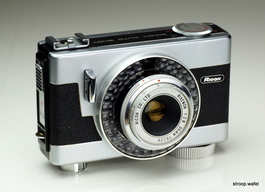
(From: Cees-Jan de Hoog)
Cees-Jan has a nice page showing the first Japanese rangefinder cameras, who started the world wide conquest of the camera market. Here is what he writes about the Ricoh Auto Shot, which was produced in 1964.
Ricoh also produced some more exotic cameras, like the Auto Shot. At first glance it looked like it was missing a viewfinder until you realised that it was integrated in the light meter cell surrounding the lens. It was also not immediately clear what was the top and what was the bottom of the camera, as the wind knob and strap lug were at the bottom. Wind knob, one may ask? Did not all cameras of that era have wind levers? Yes, but this little camera had in fact a motor wind! Despite its small size it did shoot 36x24mm pictures on standard 135 film. In automatic mode it had a fixed shutter speed of 1/125 s with the aperture being controlled by the light meter. The camera could also be operated in manual mode by selecting the aperture, the shutter speed was 1/30 s in that case.
Focus was set by four indicators for head shot, body shot, group shot, and mountain shot for infinity etc. The range of film speed is also easy to overlook, from 100 to 200 Asa (thought you can choose anything inbetween as well:).
BTW, the Ricoh Auto Shot didn’t seem to be produced in big numbers. However the Ricoh Auto Half from around the same time, a camera which uses only the half of a frame of a 135 film, and therefore can make 72 shot per roll, seemed to be common and still has many shooters showing there stuff e.g. on Flickr.
Closed down a bit the lens exhibits a triangle Bokeh, otherwise only found on some very rare Zeiss lenses for the Rollei mount, e.g. the Zeiss HFT 85mm f/1.4 lens was used in the de Niro movie Taxi.
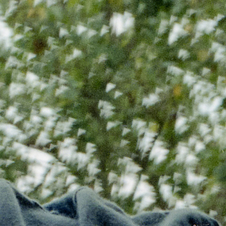
(From: Wallace Koopman)
Wallace Koopman made also another mini report later on with a dozen example photos (or so).
And a third, with half a dozen pictures (exactly - and we choose half of them)!
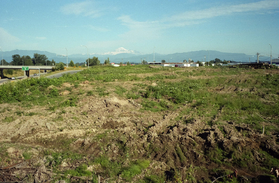
(From: Wallace Koopman)
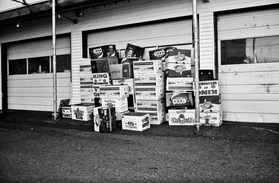
(From: Wallace Koopman<
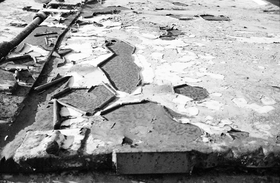
(From: Wallace Koopman)
/a>)
Oh yes, the camera has a very practical Rikenon 35mm f/2.8 lens.
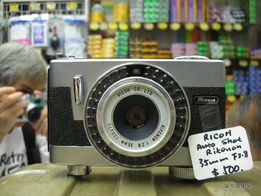
(From: 東昇)
Someone named Matt took the lens off and put it on a digital Sony A7ii.
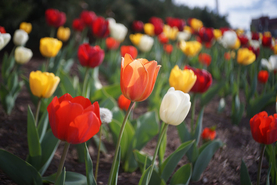
(From: Matt’s Crazy Lens Adventures)
Or..
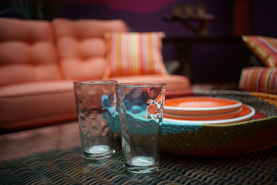
(From: Matt’s Crazy Lens Adventures)
The whole Rikenon 35mm lens Flickr set by Matt can be seen here.
To remove such a lens and to put it on a modern digital full frame camera is a so called lens conversion, and starts with something
like this:
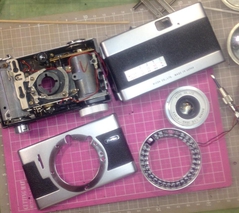
(From: Makoto Hanaki)
Not for the faint of heart.
OK, to turn to another topic, here we have the common black swan with common white swans shot with the auto shot.
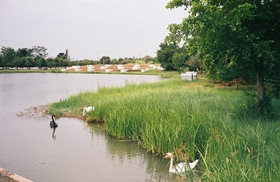
(From: Graffix Mars Fear)
And again a black swan chasing a white swan.
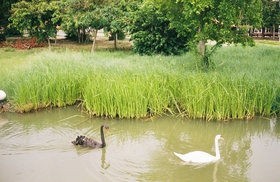
(From: Graffix Mars Fear)
And at last, more pictures in the picture..
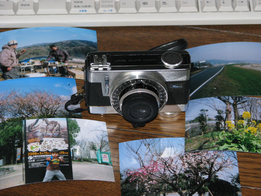
(From: Zeiroku)
And if you don’t know what to do, read the manual.